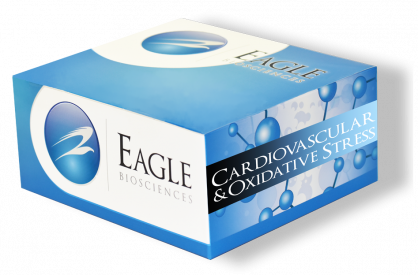Creatinine Microplate Assay Kit
The Creatinine Microplate Assay Kit is For Research Use Only
Size: 1×96 wells
Sensitivity: 1.0 mg/dL
Dynamic Range: 1.0 – 10 mg/dL
Incubation Time: 15 minutes
Sample Type: Urine
Sample Size: 25 µl
Alternative Names: Cr, Creatine
For Research Use Only
Assay Background for Creatinine Microplate Assay
Creatine (Cr) is produced in the kidney, liver and pancreas, phosphorylated, and transported to the brain and muscle tissue. However, a small proportion of free Cr is converted irreversibly to creatinine (Crn) in the muscular tissue in proportion to the muscle mass. The amount of Crn excreted daily by an individual is relatively constant. Thus, urinary creatinine levels may be used as an index of standardization. 24-h urinary Crn excretion is used to estimate total muscle mass because the rate of non-enzymatic production of Crn from Cr is nearly constant and >90% of the total body Cr is found in muscle tissue. Normal urinary creatinine values for men and women range from 9.7 – 24.7 and 7.9 – 14.2 mmol/24h respectively. Changes in excretion rate may be indicative of impaired renal metabolism.
Related Products
Creatinine Serum Detection Kit
Urine Creatinine Detection Kit


